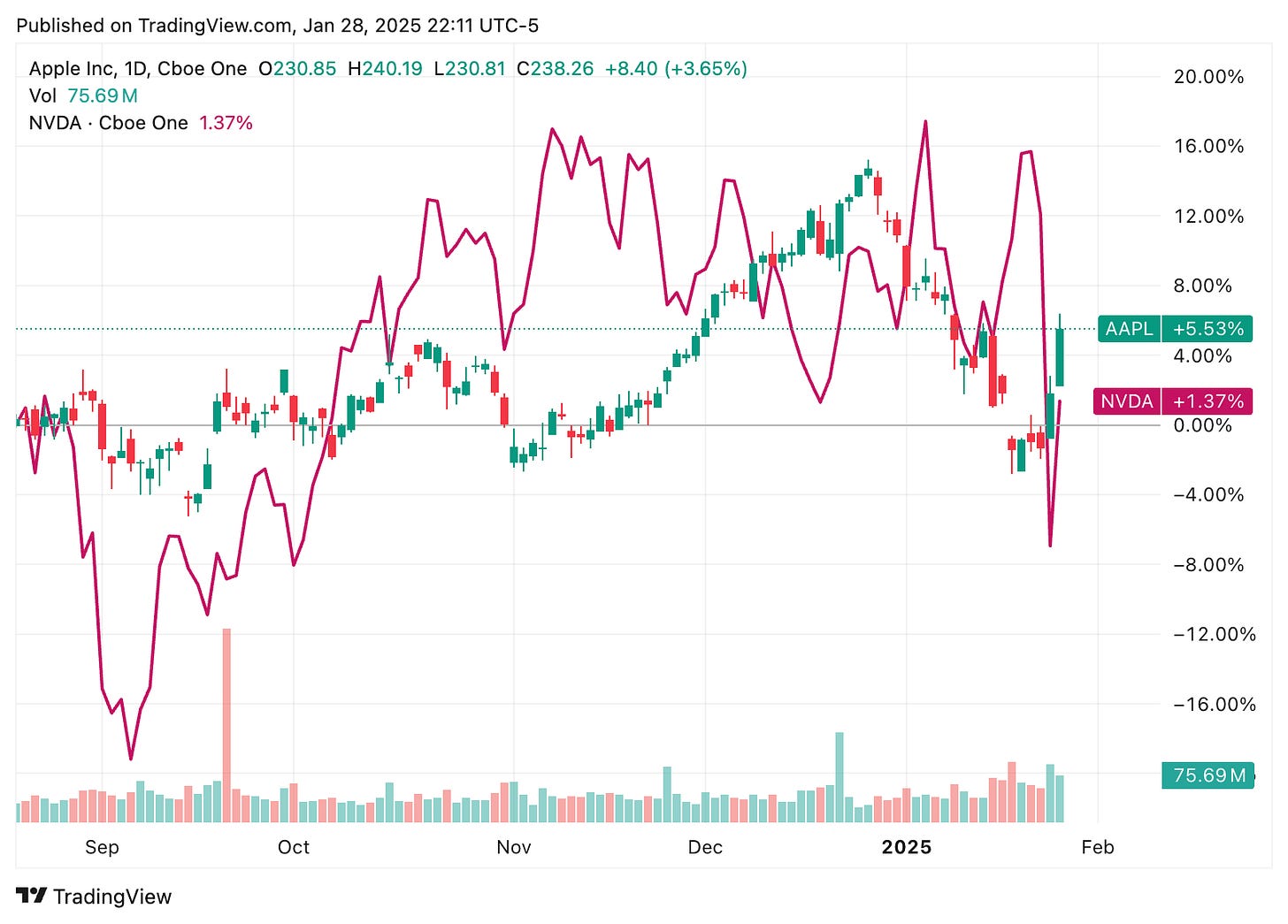DeepSeek vs ChatGPT: What’s the Hype?
When I first saw headlines about Nvidia’s $600 billion market drop, I thought it had to be a mistake. Turns out, it wasn’t. DeepSeek’s launch is disruptive for many reasons.
I think by now, we have all seen the news of DeepSeek and Nvidia. And if you haven’t, this is going to be your TL;DR on what’s happening in the AI space.

So What is DeepSeek?
DeepSeek is ChatGPT on steroids made in China. And you guessed it right, it’s cheaper—built on top of older Nvidia H800 chips1 and cost $6.5 million to build…



